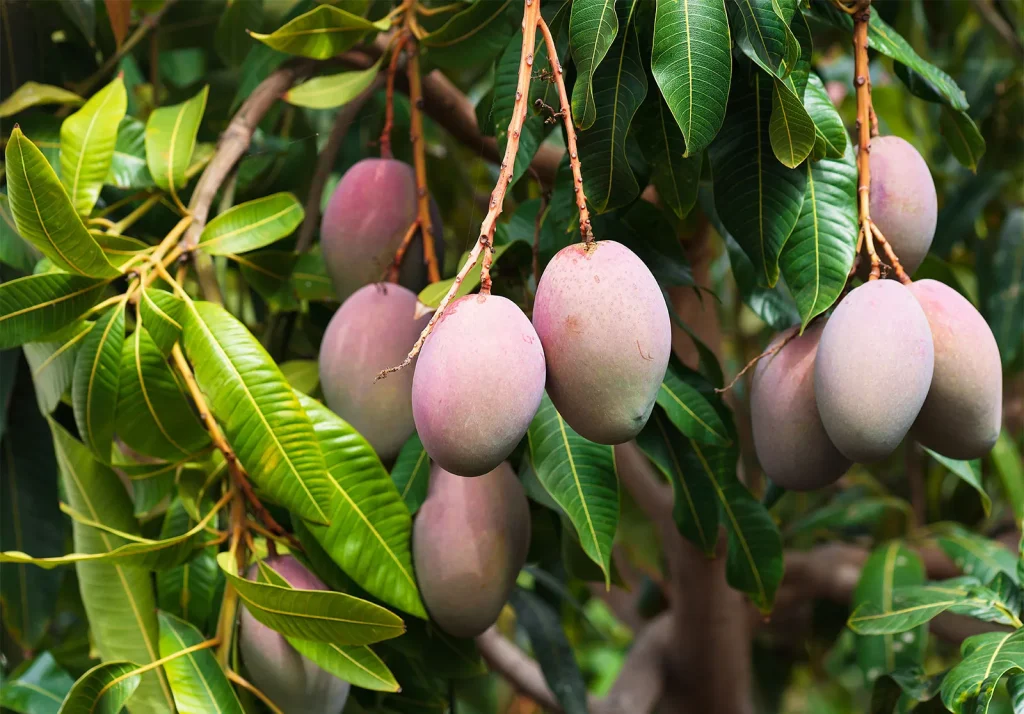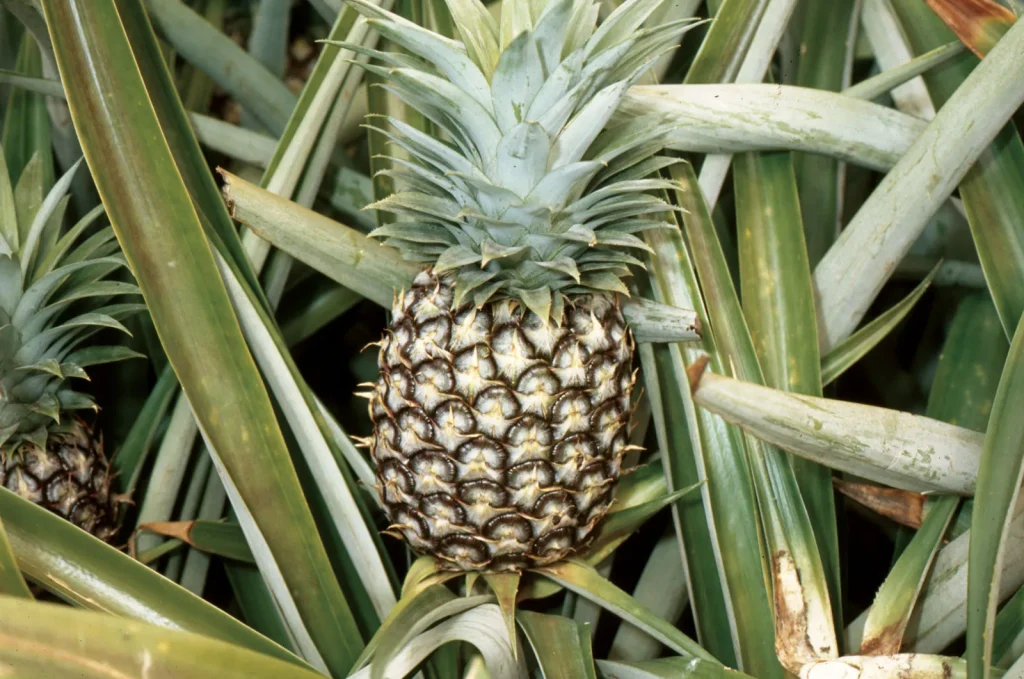When you think of summer, one of the first things that might come to mind is a slice of juicy, refreshing watermelon. This iconic fruit is a staple at picnics, barbecues, and family gatherings, known for its sweet taste and hydrating properties. Beyond its delightful flavor, watermelon offers a surprising array of health benefits and is packed with essential nutrients. This blog post dives deep into everything you need to know about watermelon, from its origins and varieties to its nutritional profile, health benefits, and versatile culinary uses.
The Origins and History of Watermelon
Watermelon (Citrullus lanatus) is believed to have originated in the Kalahari Desert of Africa, where it was cultivated as early as 5,000 years ago. The ancient Egyptians are credited with growing the first watermelons, as evidenced by seeds and paintings found in tombs. Watermelons were highly valued for their water content, making them a crucial hydration source in hot, arid climates.
As trade routes expanded, watermelon seeds were carried by merchants across the Mediterranean and into Europe. By the 10th century, watermelons had made their way to China, which is now the largest producer of watermelons globally. The fruit was introduced to the Americas in the 16th century by European settlers and African slaves. Today, watermelons are grown in over 100 countries, with the United States, Turkey, and Brazil among the top producers.
Different Varieties of Watermelon
Watermelons come in a range of sizes, shapes, colors, and flavors. Here are some popular varieties:
1. Seeded Watermelon
This is the classic watermelon most people are familiar with, characterized by its large size, green rind, and black seeds. Seeded watermelons typically have a sweet, juicy red or pink flesh.
2. Seedless Watermelon
Developed in the 20th century, seedless watermelons are a popular choice due to their convenience. Although they may have small, soft, white seeds, they lack the large black seeds found in traditional varieties. Seedless watermelons are slightly smaller but just as sweet and juicy.
3. Yellow and Orange Watermelon
These varieties have a bright yellow or orange flesh instead of the traditional red or pink. They tend to be sweeter and have a slightly honey-like flavor. Yellow and orange watermelons are a fun twist on the classic fruit and are perfect for adding a splash of color to summer dishes.
4. Mini or Personal Watermelon
These smaller, round watermelons, often called “personal watermelons,” are ideal for small households or single servings. They typically weigh between 2 to 7 pounds and have a thin rind, making them easy to cut.
5. Icebox Watermelon
Icebox watermelons are small to medium-sized varieties designed to fit in a refrigerator. They usually weigh between 5 to 15 pounds and are perfect for families who want a manageable-sized melon that won’t go to waste.
Nutritional Profile of Watermelon
Watermelon is not only delicious but also incredibly nutritious. It’s primarily made up of water (about 90%), making it an excellent choice for staying hydrated during hot weather. Here is a breakdown of its nutritional content per 100 grams:
- Calories: 30
- Water: 91.45 grams
- Carbohydrates: 7.6 grams
- Sugars: 6.2 grams
- Dietary Fiber: 0.4 grams
- Protein: 0.6 grams
- Vitamin C: 8.1 mg (10% of the Daily Value)
- Vitamin A: 28 µg (6% of the Daily Value)
- Potassium: 112 mg (3% of the Daily Value)
- Magnesium: 10 mg (3% of the Daily Value)
- Lycopene: 4532 µg
One of the standout nutrients in watermelon is lycopene, a powerful antioxidant that gives the fruit its red color. Lycopene is associated with numerous health benefits, particularly in reducing the risk of certain cancers and heart disease.
Health Benefits of Watermelon
Watermelon isn’t just a refreshing summer snack; it’s also a powerhouse of health benefits. Let’s explore some of the ways this superfruit can enhance your well-being:
1. Hydration Boost
With its high water content, watermelon is one of the most hydrating foods you can eat. Staying hydrated is crucial for maintaining body temperature, supporting digestion, and preventing fatigue. Eating watermelon can be a tasty way to increase your fluid intake, especially during hot weather.
2. Rich in Antioxidants
Watermelon is loaded with antioxidants like vitamin C, beta-carotene, and lycopene. These antioxidants help protect the body from oxidative stress and free radicals, which can damage cells and lead to chronic diseases. Lycopene, in particular, has been shown to reduce the risk of certain cancers, including prostate cancer.
3. Supports Heart Health
The lycopene, potassium, and magnesium in watermelon contribute to heart health by improving blood pressure and cholesterol levels. Lycopene helps reduce inflammation and oxidative stress, while potassium helps regulate blood pressure by counteracting the effects of sodium.
4. Aids in Weight Management
Watermelon is low in calories and high in water, making it an ideal snack for those looking to manage their weight. Its high water content helps you feel full, reducing the likelihood of overeating. Additionally, its natural sweetness can satisfy sugar cravings without the added calories found in sugary treats.
5. Promotes Healthy Skin and Hair
Watermelon contains vitamins A and C, which are essential for maintaining healthy skin and hair. Vitamin C helps the body produce collagen, a protein that keeps skin elastic and youthful. Vitamin A aids in skin repair and cell turnover, preventing dryness and flakiness.
6. Reduces Muscle Soreness
Some studies have suggested that watermelon juice may help reduce muscle soreness after exercise. This is due to the amino acid citrulline, which helps improve blood flow and reduce the buildup of lactic acid in muscles. Drinking watermelon juice before or after a workout can aid in faster recovery.
7. May Improve Digestion
The fiber content in watermelon, although low, can still contribute to healthy digestion by promoting regular bowel movements. The fruit’s high water content also helps prevent constipation and supports overall digestive health.
Culinary Uses of Watermelon
Watermelon’s sweet flavor and refreshing qualities make it a versatile ingredient in both sweet and savory dishes. Here are some popular ways to enjoy this summer favorite:
1. Fresh Slices
The simplest way to enjoy watermelon is to cut it into slices or cubes. Its juicy texture and sweet taste make it a refreshing snack on a hot day.
2. Smoothies and Juices
Watermelon can be blended into a smoothie or juice for a hydrating and nutritious beverage. Combine it with other fruits like strawberries, mint, or lime for an extra burst of flavor.
3. Salads
Watermelon adds a sweet and juicy element to salads. Try combining it with feta cheese, fresh mint, cucumber, and a drizzle of balsamic vinegar for a delicious and refreshing summer salad.
4. Grilled Watermelon
Grilling watermelon brings out its natural sweetness and gives it a smoky flavor. Simply slice the watermelon into thick wedges and grill for a few minutes on each side. It can be served as a side dish or a unique dessert.
5. Sorbets and Popsicles
Watermelon is perfect for making homemade sorbets and popsicles. Puree the fruit, pour it into molds, and freeze for a refreshing treat that both kids and adults will love.
6. Watermelon Rind Pickles
Don’t throw away the rind! The white part of the watermelon rind can be pickled and used as a crunchy, tangy condiment. It’s a great way to reduce waste and add variety to your meals.
Fun Facts About Watermelon
- Watermelons are 92% water, making them one of the most hydrating fruits.
- The largest recorded watermelon weighed over 350 pounds!
- Watermelon is related to cucumbers, pumpkins, and squash, belonging to the Cucurbitaceae family.
- Every part of the watermelon is edible, including the seeds and rind.
- In Japan, farmers grow square watermelons by placing the fruits in box-shaped molds. These uniquely shaped watermelons are sold as novelty gifts.
Selecting and Storing Watermelon
When choosing a watermelon, look for one that is heavy for its size, indicating a high water content. The rind should be firm, with a uniform color and a creamy yellow spot on one side, which indicates ripeness. Store whole watermelons at room temperature, but once cut, keep them in the refrigerator to maintain freshness.
Conclusion
Watermelon is more than just a delicious summer treat; it’s a nutrient-packed fruit with numerous health benefits. Its hydrating properties, combined with its rich content of vitamins, minerals, and antioxidants, make it an excellent choice for anyone looking to improve their diet. Whether you enjoy it fresh, in smoothies, salads, or even grilled, watermelon is a versatile and tasty addition to any meal. So the next time you want to beat the summer heat, grab a slice of watermelon and savor its sweet, refreshing taste while reaping its incredible health benefits.


